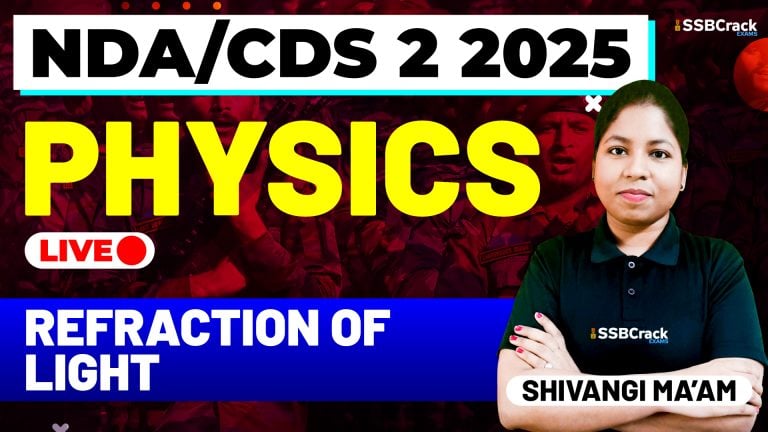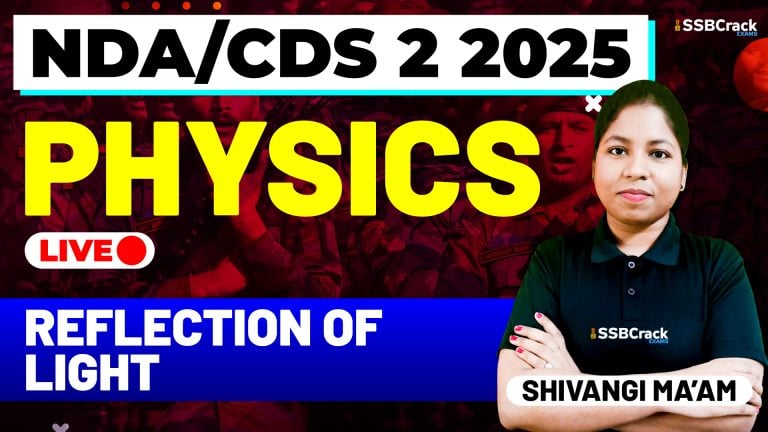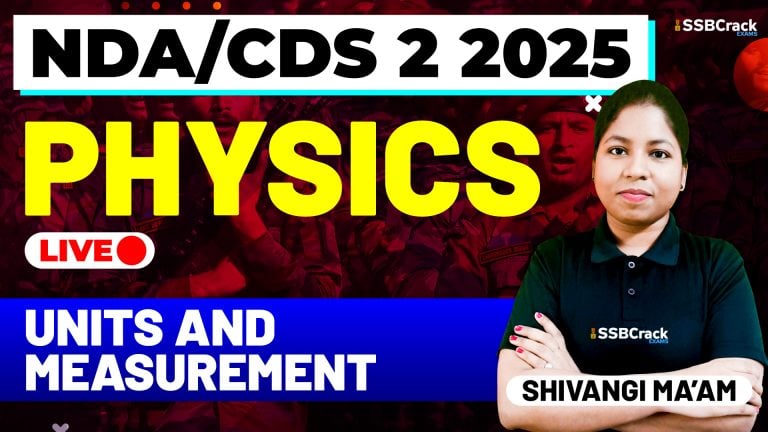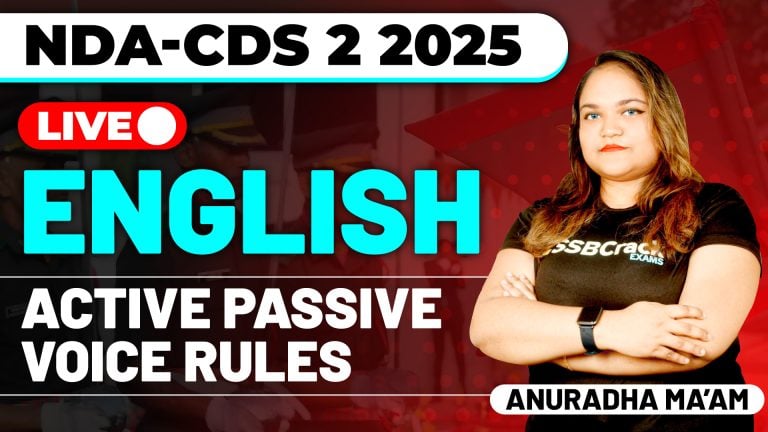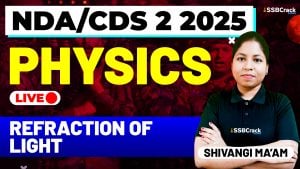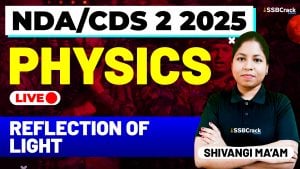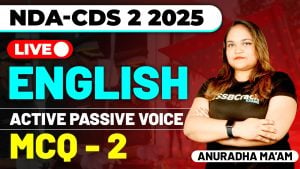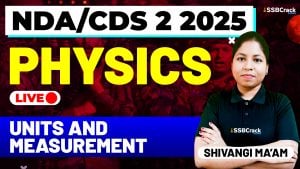In preparation for the NDA-NA Exam, our recent class focused on Paper I: Mathematics, specifically the topic of Permutations and Combinations. This area of mathematics is crucial for solving problems involving arrangements and selections, which frequently appear on the exam. During this class, we covered two important sub-topics: Circular Permutations and some essential results related to counting geometric figures like straight lines and triangles. The primary focus was on solving and discussing multiple-choice questions (MCQs) to reinforce these concepts.
Circular Permutations
We started our class with an introduction to Circular Permutations. Unlike linear permutations, where the arrangement is in a straight line, circular permutations involve arranging objects in a circle. The key difference is that in circular permutations, rotations are considered identical, meaning that the relative position of objects matters more than their absolute position.
Understanding Circular Permutations
In circular permutations, the number of ways to arrange ‘n’ distinct objects in a circle is given by a specific counting principle. This principle takes into account the rotational symmetry of the circle, ensuring that rotations of the same arrangement are not counted multiple times.
Important Results Involving Geometric Figures
Next, we delved into some essential results involving the number of geometric figures such as straight lines and triangles. These results are important for quickly solving combinatorial geometry problems that involve counting specific figures within a set of points.
Counting Straight Lines
One of the key results we discussed was the number of straight lines that can be formed from a given set of points. This involves understanding how to select pairs of points to form lines and knowing when certain conditions, like collinearity, affect the count.
Counting Triangles
Similarly, we explored the method for counting the number of triangles that can be formed from a set of points. This requires selecting sets of three points that are not collinear. Understanding this result helps in quickly solving problems related to combinatorial geometry, where the focus is on counting specific figures.
Important MCQs
To reinforce our understanding, we solved and discussed several MCQs during the class. These questions were carefully selected to cover the key concepts of circular permutations and geometric counting. Here are a few examples:
Example MCQ 1: Circular Permutations
Question: How many distinct ways can 5 people be seated around a circular table?
Solution:
In circular permutations, the number of ways to arrange ‘n’ distinct objects in a circle is given by the formula (n – 1)!. For 5 people, the number of ways is 4!, which equals 24.
Example MCQ 2: Counting Straight Lines
Question: Given 7 points in a plane, no three of which are collinear, how many distinct straight lines can be formed?
Solution:
The number of straight lines that can be formed from ‘n’ points, where no three points are collinear, is given by the combination formula for selecting 2 points out of ‘n’. Thus, the number of lines is 21.
Example MCQ 3: Counting Triangles
Question: How many triangles can be formed from a set of 6 points in a plane, where no three points are collinear?
Solution:
The number of triangles that can be formed from ‘n’ points, where no three points are collinear, is given by the combination formula for selecting 3 points out of ‘n’. Therefore, the number of triangles is 20.
Example MCQ 4: Geometric Figures
Question: If a polygon has 8 sides, how many diagonals does it have?
Solution:
The number of diagonals in an ‘n’-sided polygon is given by the formula involving combinations of vertices. For an 8-sided polygon, the number of diagonals is 20.
Conclusion
Our class on Permutations and Combinations was a deep dive into the essential concepts of circular permutations and geometric counting. By understanding and applying these principles, we are better prepared to tackle the related problems on the NDA-NA Exam. The practice of solving multiple-choice questions (MCQs) further solidified our knowledge, ensuring we can confidently approach similar problems during the exam. This class has equipped us with the tools and understanding needed to excel in the permutations and combinations section, bringing us one step closer to our goal of success in the NDA-NA Exam.






